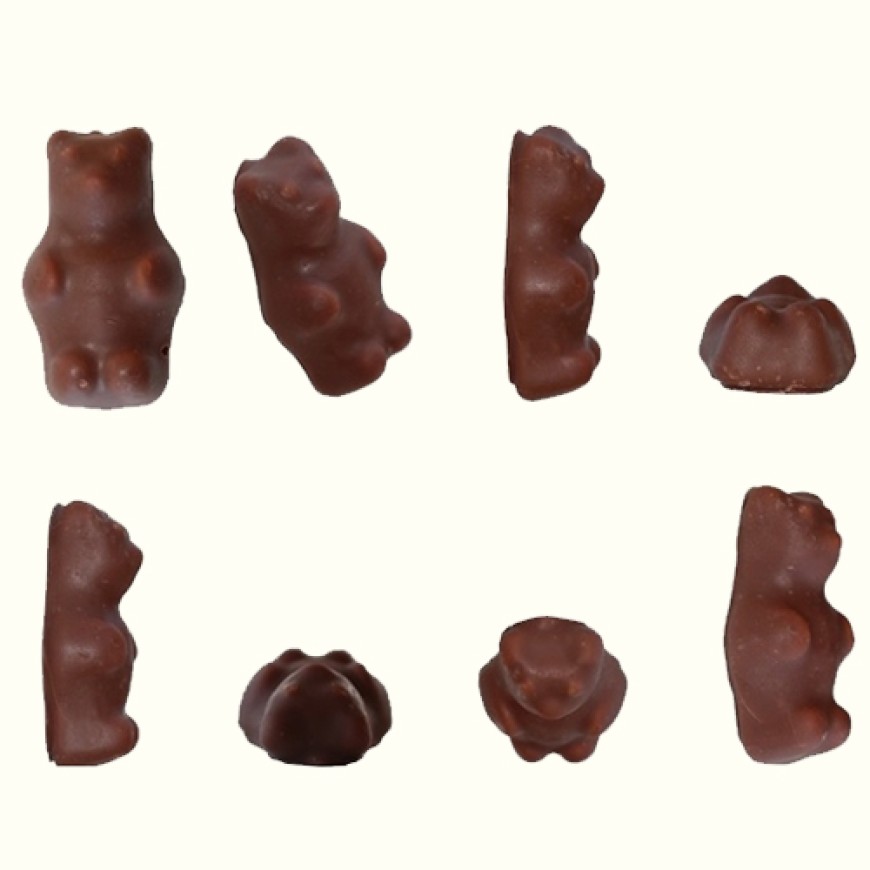Read more trademark appeals
There are different options for appealing at different stages of the case processing.
The Norwegian Industrial Property Office cannot initially register a trademark if it is descriptive and/or lacks distinctive character. However, if you can document that the mark has been established by use, it is still possible to get the trademark registered.
If you can document that a mark that is initially descriptive and/or lacks distinctiveness is "well known as someone's special characteristic" in Norway, you will still be able to have the trademark registered. This is called incorporation or establishement by use.
Simply explained, this is because you cannot obtain an exclusive right to words and signs that others need to use on their products, or that will not be perceived as trademarks.
However, if your trademark application is refused because your mark is descriptive and/or lacks distinctive character, all hope is not necessarily lost.
There may be documentation that shows:
In order for us to register a trademark on the basis of establishment by use, the mark must be well known as someone's special characteristic throughout Norway for the goods and services for which you want the mark registered.
This is because a trademark registration gives an exclusive right that applies throughout the country. Extensive use with geographical spread is therefore required.

Registered for, among other things, pizza and take-away services related to pizza on the basis of establishment by use. (Case no. 201805955).

Registered for, among other things, dairy products on the basis of establishment by use. (Case no. 201817285).

Registered for "filled chocolate" on the basis of establishment by use. (Case no. 202007288).
There are different options for appealing at different stages of the case processing.
Your trademark must meet a number of conditions in order to be registered.
Find out if a trademark is right for you.
Get an overview of the possibilities available to you and what you must do if you wish to file an application. The experts at NIPO are very experienced and can give you insight into what is important for you to consider during the application process.